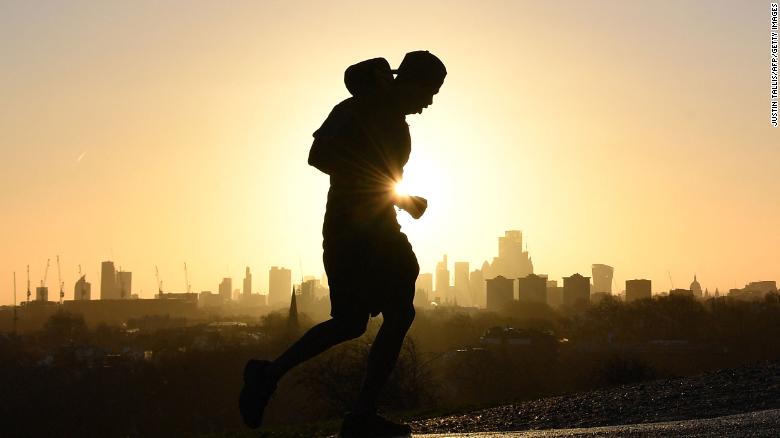Forty-five percent of the world's population is trying to shed a few pounds, according to a 2020 Ipsos poll. And they prefer to do it by exercising more and eating better, not by dieting. That's essentially the well-known "calories in, calories out" method, where you try to burn more calories than you take in. There is just one problem: Nailing down your calorie burn is harder than you may think.The number of calories a person burns doing a particular exercise or movement depends on various factors, including height and weight, sex, and muscle mass. But even your health and the weather can affect the number of calories you burn performing a certain exercise."You work harder running 6 miles (9.7 kilometers) in 80-degree (27 C) heat and high humidity than when it's 50 degrees (10 C) and dry," said Dr. Keith Anderson, a family and sports medicine doctor with Novant Health in Charlotte, North Carolina. "Your body also works harder if you're fighting off a cold or if you didn't sleep well the night before. There's so much combined into metabolism."

In addition, calorie-tracking devices such as fitness watches aren't always accurate. While seven wrist-worn devices adequately measured heart rate in subjects who were walking, running and cycling, none accurately measured energy expenditure, according to one study published in the Journal of Personalized Medicine. The most accurate device was off by nearly 27%, while the least accurate was off by 93%.
Exercise equipment isn't always reliable
Similarly, the calorie counters on exercise equipment such as treadmills, stationary bikes and elliptical machines are unreliable, too. Ellipticals in particular are especially poor at gauging your calorie burn accurately. These machines tend to overestimate your caloric expenditure significantly, as shown in a 2018 study published in the journal Exercise Medicine. In the study, these machines said participants were burning 200 more calories per hour than they actually were when exercising at a moderate intensity."You can't really rely on these exercise machines," said registered dietitian and nutritionist Kat Barefield, a nutrition master trainer with the National Academy of Sports Medicine. "Even if you get into an exercise physiology lab and get hooked up to sophisticated equipment, the results won't be totally accurate."
But if people don't know how many calories they are burning during a particular workout, how can they come up with a solid fitness plan? Opt for full-body workouts, Anderson said, as they torch the most calories."I'm training for the Ironman World Championships right now, and I absolutely burn more calories swimming and running than cycling," he said. Other solid options, Anderson said, are Pilates and high-intensity interval training, also known as HIIT workouts.
"The more movement you can involve, the better," Barefield said, noting you can use trekking poles when going out for a walk or hike to burn a few more calories. Even listening to music can help. "Music will give you more energy to move at more intense speeds," she said. A full-body workout like running or swimming burns the most calories. A jogger runs up Primrose Hill in London on February 17.
A full-body workout like running or swimming burns the most calories. A jogger runs up Primrose Hill in London on February 17.